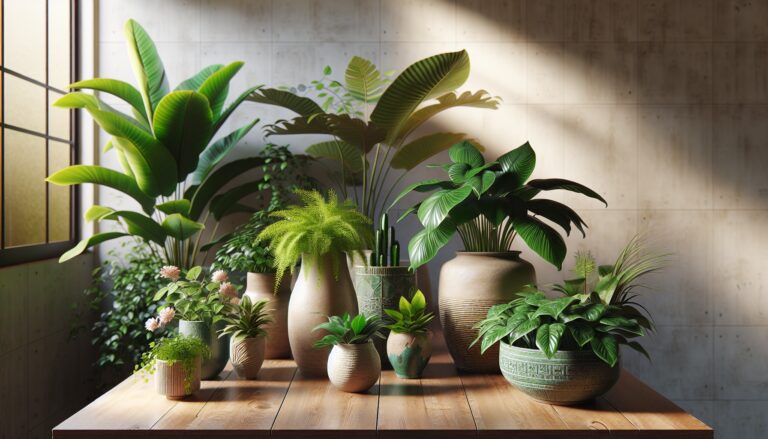Argomenti trattati
Understanding the need for repotting
Houseplants are a wonderful addition to any home, bringing life and color to indoor spaces. However, as they grow, they often outgrow their pots, leading to a need for repotting. Knowing when to repot your houseplants is crucial for their health and longevity. Generally, it is advisable to repot every year or two, but this can vary based on the type of plant and its growing conditions. For instance, slow-growing plants like succulents may thrive for years without needing a new pot, while fast-growing varieties like philodendrons may require annual repotting.
Signs your plant is root-bound
One of the most evident signs that your houseplant needs a larger pot is when roots start poking out of the drainage holes. This indicates that the roots are searching for nutrients and water that are no longer available in the pot. Additionally, if you notice roots visible at the top of the soil or if the plant seems to be pushing itself out of the pot, these are clear indicators that it is root-bound. A root-bound plant can struggle to absorb water and nutrients, leading to stunted growth and yellowing leaves.
Recognizing soil issues
Another critical factor to consider is the condition of the potting soil. Over time, soil can become compacted and lose its ability to retain moisture. If you find that your plant dries out quickly between waterings or if water runs straight through the pot without being absorbed, it may be time to repot. Old soil can also deplete essential nutrients, starving the plant and hindering its growth. Fresh, nutrient-rich soil is vital for the health of your houseplants, as it provides the necessary sustenance for their growth.
Choosing the right pot
When repotting, selecting the right pot is essential. Ideally, the new container should be wider than the old one, allowing the roots to spread out comfortably. For taller plants, a deeper pot can provide stability and prevent tipping. It’s important to ensure that the pot has adequate drainage holes to prevent waterlogging, which can lead to root rot. After repotting, give your plant some time to adjust to its new environment, and monitor its watering needs closely as it acclimates.

